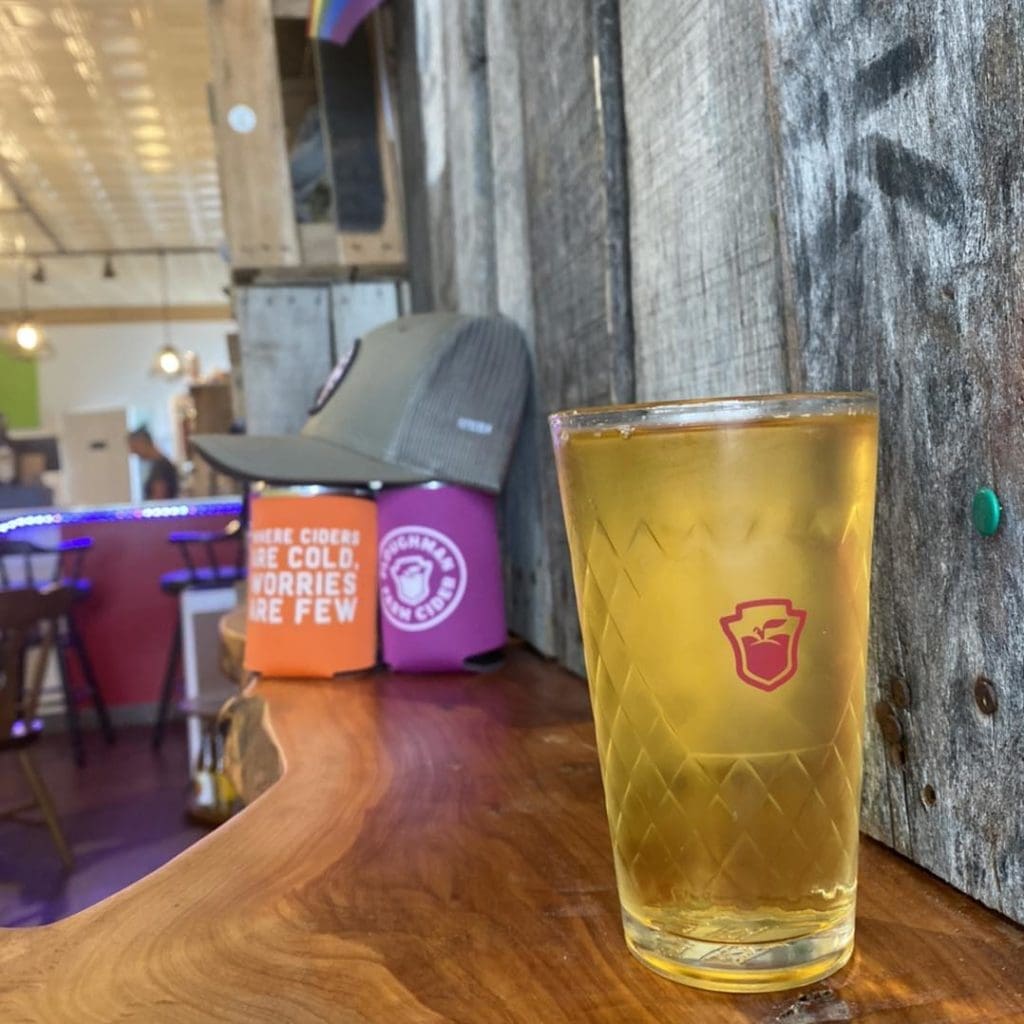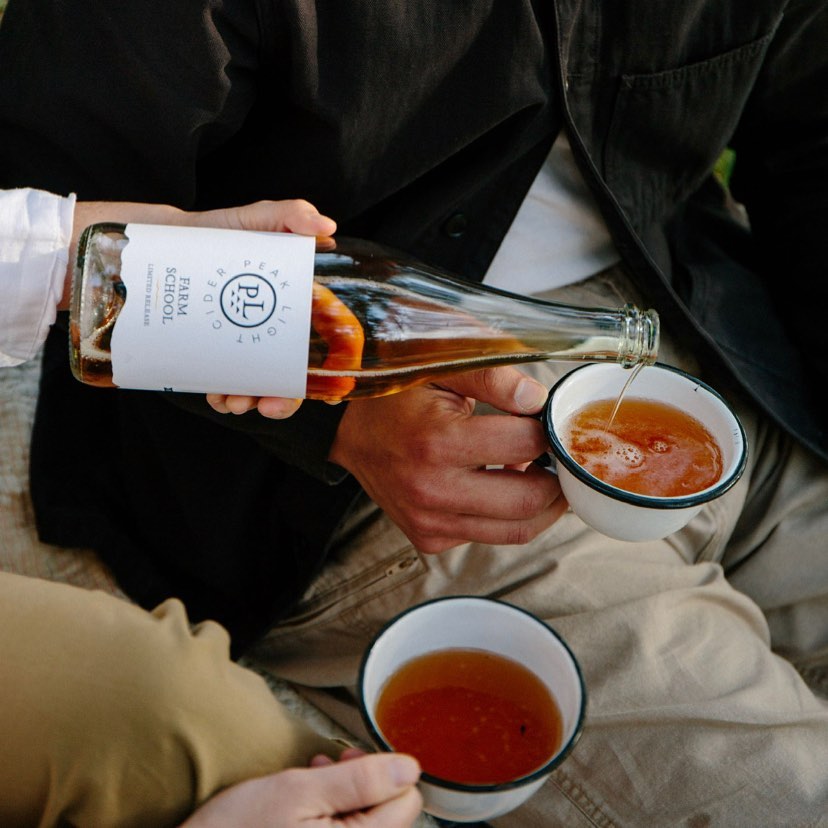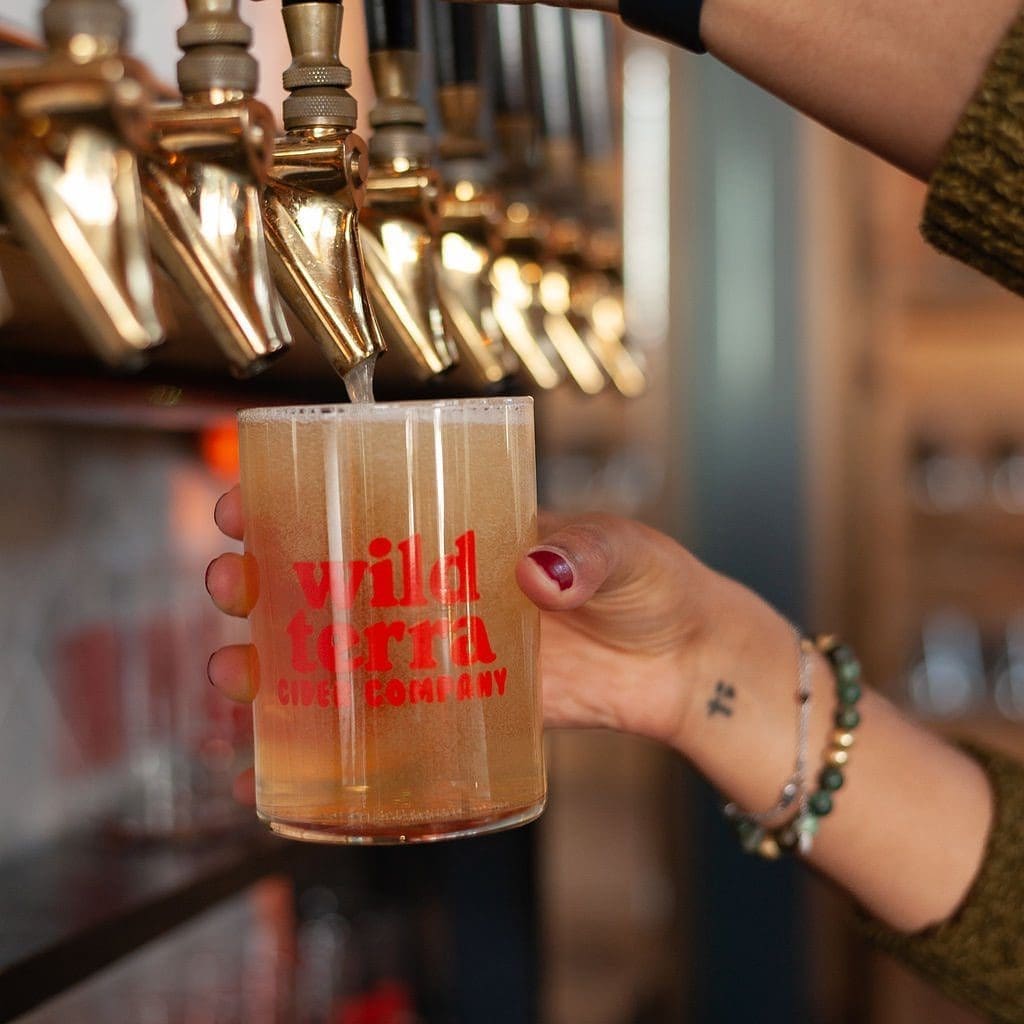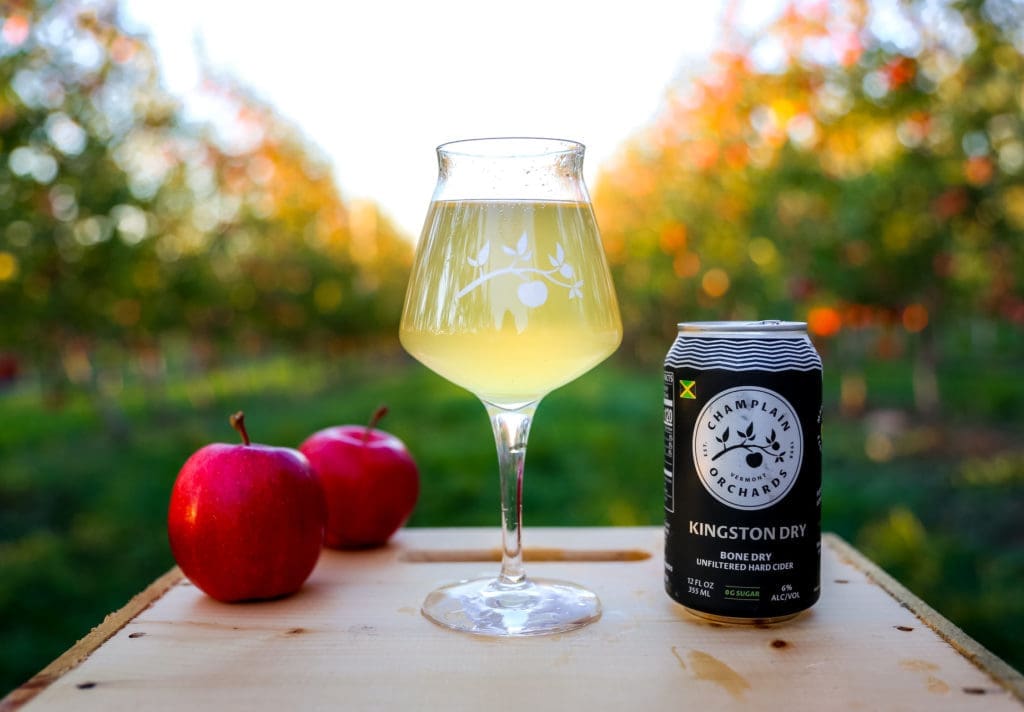So many ciders, so many glasses. Here’s how to choose the best vessel for your preferred cider style
Dinner’s cooking away, pre-dinner snacks are set out and the cider is chilling. Now, you ask yourself, what glassware should I use? Is one kind of glass better than another? There are so many different types of cider on the market that it is understandable if you’re unsure of the answer.

There are many places in the world, places where cider has been made for countless generations, that have developed special glasses for drinking it. In and around Frankfurt, Germany, traditional still, tart apfelwein is served in a glass called a geripptes poured from a bemble, a gray-and-blue earthenware jug. A geripptes looks a bit like a tumbler, though narrower at the bottom than at the top, and has a unique diamond pattern etched into the glass, which is said to keep it from slipping if your fingers are a little greasy.

In France’s far west region of Brittany, the local cidre will often be served in an earthenware bowl-shaped cup, with or without handles. They are particularly common in restaurants that specialize in the local buckwheat crepes called galettes.
The traditional sidra glasses used in Spain’s northern provinces, chiefly Asturias and the Basque Country, are very wide at the top, making it easier to “catch” the liquid as it shoots out of a barrel or is poured while holding a bottle well over the pourer’s head. Both practices are common for agitation of the sidra — as it hits the side of the glass, it aerates and releases its aromas and flavors. Despite the relatively large size of the glass, only a small amount is served at any one time to keep the sidra lively, and the glass itself is so thin that it is said that when drinking from the best ones you won’t even feel the glass touch your lips.

But what of the cider you are about to serve? The truth is, there is no one cider glass that is perfect for all ciders because it is made in so many different styles.
To get some insight from an expert, I reached out to Dan Pucci, beverage director at the (sadly closed) cider bar and restaurant Wassail in New York City, and now a partner at Wallabout Hospitality. He serves every-day, easy-drinking ciders in a six-ounce juice glass or something similar. These ciders are all about flavor, not aromatics, so volume is the most important factor. Cider is always better when it has some chill, and a smaller volume will let you keep the rest of the cider on ice or in the fridge, ready for the next pour.

“For most fine ciders I use a white wine glass,” Pucci says, especially for ciders that are more subtle and elegant. Botanist and Barrel’s Arkansas Black and Dragon’s Head Cider’s Pippin come to mind. The way the bowl tapers at the top helps to concentrate the cider’s delicate aromas, and the stem will keep your hand from warming up the glass (and therefore the cider). A flute glass would also work well for a cider with particularly lively carbonation. (It’s also great if you are in a celebratory mood.) A flute still has a gentle taper that will focus the aromatics.
For ciders that have a lot of tannin, Pucci prefers a red wine glass. The wider bowl creates a larger surface area for air to soften any bitter notes in the cider and really allows the aromatics to shine. This type of glass might also be perfect for a bold fruit-forward cider, like Bauman’s Cider’s Porter’s Perfection.
Super-sweet, rich and concentrated ice ciders are best served in something small, like a port or other dessert-wine glass. Even a small juice glass in a pinch. The flavors of an ice cider are so intense that you really only want to drink a couple of ounces at a time.
Those are your guidelines, then. Think about the cider itself — its structure and its character. Using those elements you’ll have no trouble picking the best glass for the job.






